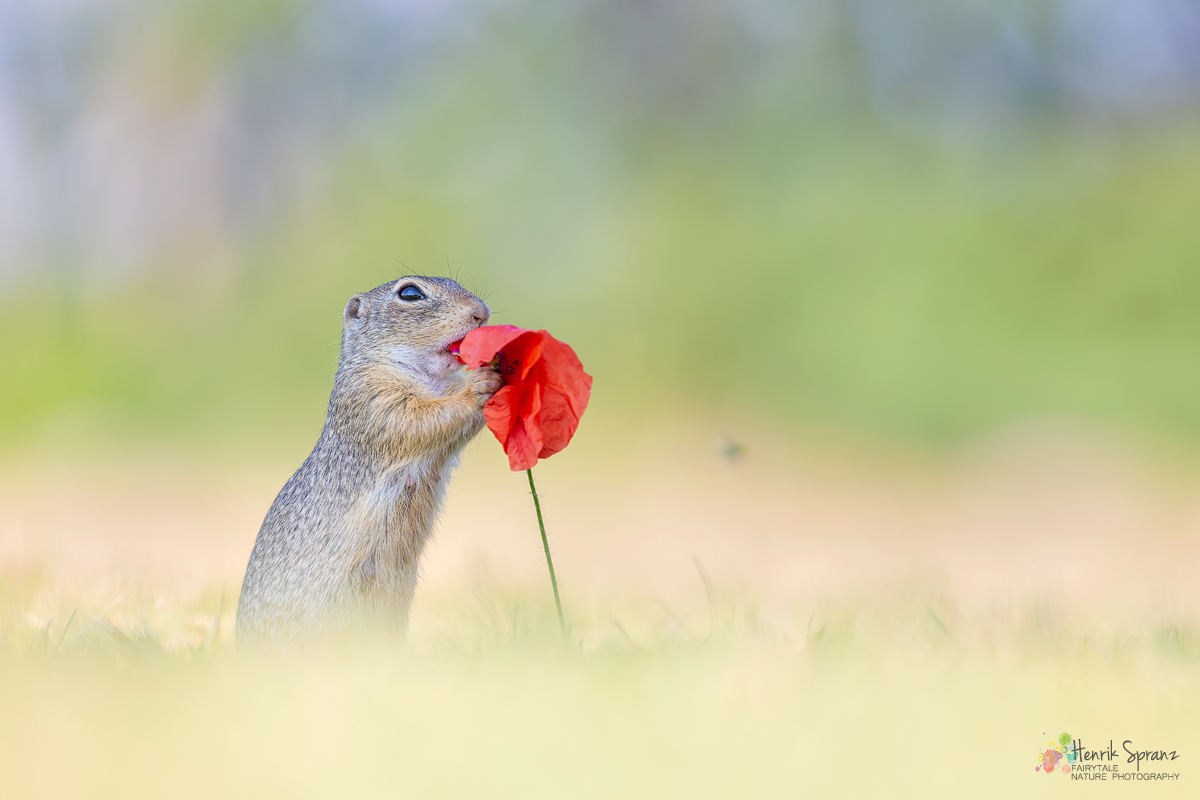Henrik Spranz is a Sigma Ambassador representing our partners, Sigma Austria. They have kindly shared this article and fantastic photos with us. Enjoy!
I’ve owned and am still owning the predecessor of the Sigma 120-300 f/2.8 DG OS HSM Sports and I’ve been very curious if this very good lens could be surpassed by its successor.
In short: absolutely!
Many tele lenses crossed my way as a photographer – many of them prime lenses like a 400/2.8, 300/2.8 or 500/4. Despite their benefits like speed and quality they’re having a drawback being inflexible and sometimes it just happens that an animal comes so close it is exceeding your image boundaries or undercutting the minimum focusing distance of the lens. The idea of using a tele zoom is therefore obvious. Most of the time tele lenses are seen as inferior to prime lenses when it comes to quality or speed – but the Sigma is different.
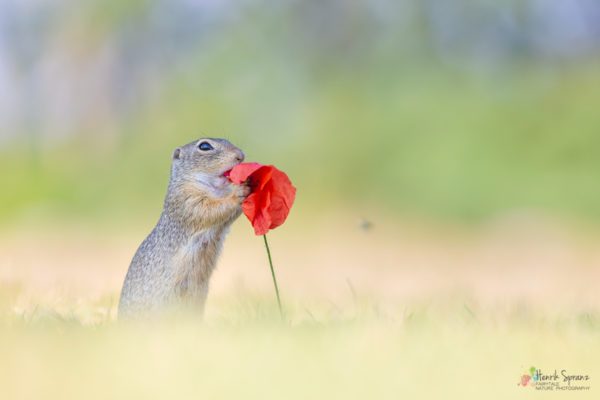
When it comes to quality the first impression is exceptional, it fits well in the hand, appears distinguished and it doesn’t feel different to the high end prime lenses by other manufacturers. For our style of photography at Fairytale Nature Photography the quality and harmoniousness of the bokeh is of major importance and I can say that I really like the bokeh of the Sigma.
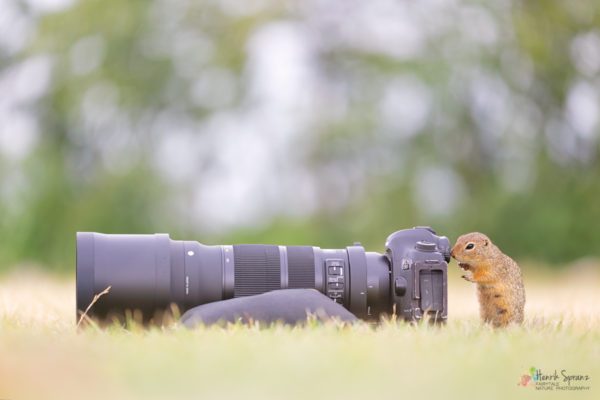
Canon 5d Mk iii, Sigma 180 mm F2,8 EX APO Macro OS HSM, ISO-640, f/2.8, 1/2000, 180mm
Many will ask if the image quality of this tele zoom lens can keep up with a prime lens. Apart from the extreme image borders at open aperture it’s hard to see any difference. Stepped down a little bit makes it even harder to impossible – even compared to famous lenses like the 300/2.8 or 400/2.8 – as a bonus the Sigma’s photos seem to show a better contrast. In field conditions the differences don’t play a role. The autofocus performance didn’t show differences to the 400/2.8 I’ve used for years. Image stabilization works like a charm – for example when shooting with one’s elbows resting on the ground.
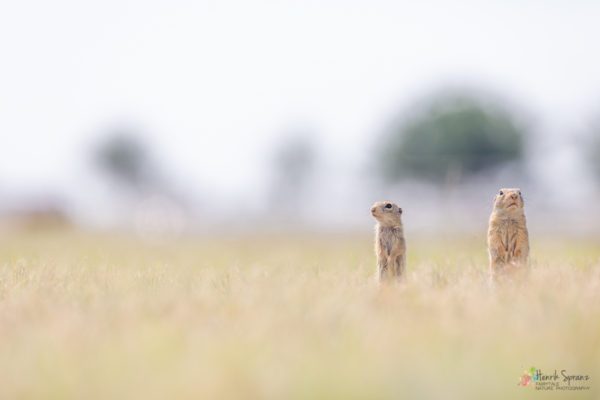
Canon 5d Mk iii, Sigma 120-300 f/2.8 DG OS HSM Sports, ISO-500, f/4, 1/5000, 300mm
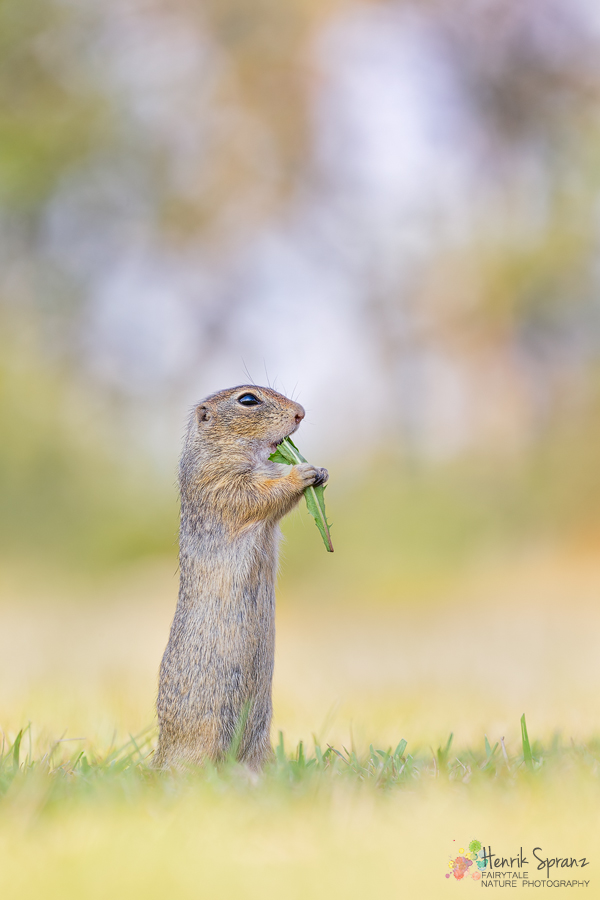
Canon 5d Mk iii, Sigma 120-300 f/2.8 DG OS HSM Sports, ISO-500, f/5, 1/1250, 300mm
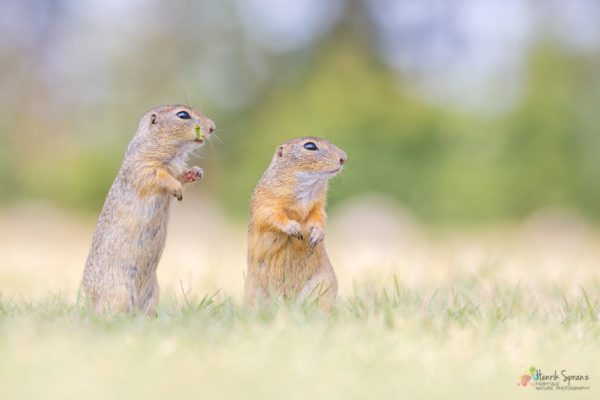
Canon 5d Mk iii, Sigma 120-300 f/2.8 DG OS HSM Sports, ISO-640, f/5, 1/1250, 300mm
Especially when taking photos of erratically moving wildlife animals like European ground squirrels and the European hamsters it is such a great feature to adjust the focal length to your needs in a second – without having to suffer from optical performance drawbacks. The somewhat restricted eyesight of the hamsters lets them come too close very frequently. Prime 300mm F2.8 performance in a weathersealed lens that can easily zoom back to 120mm for reframing – this unique lens is perfect for small wildlife photography.
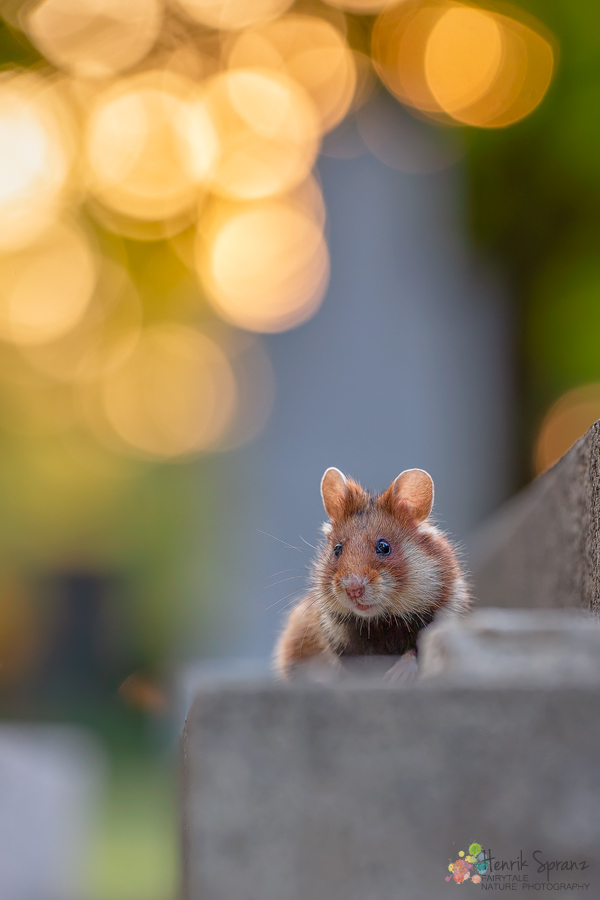
Canon 5d Mk iii, Sigma 120-300 f/2.8 DG OS HSM Sports, ISO-1600, f/4, 1/400, 235mm

Canon 5d Mk iii, Sigma 120-300 f/2.8 DG OS HSM Sports, ISO-2000, f/4, 1/1250, 300mm

Canon 5d Mk iii, Sigma 120-300 f/2.8 DG OS HSM Sports, ISO-800, f/3.5, 1/400, 300mm
Henrik Spranz and his partner, Perdita Petzl, are Sigma Ambassadors representing Austria. Follow them on Facebook, Instagram and their website.

